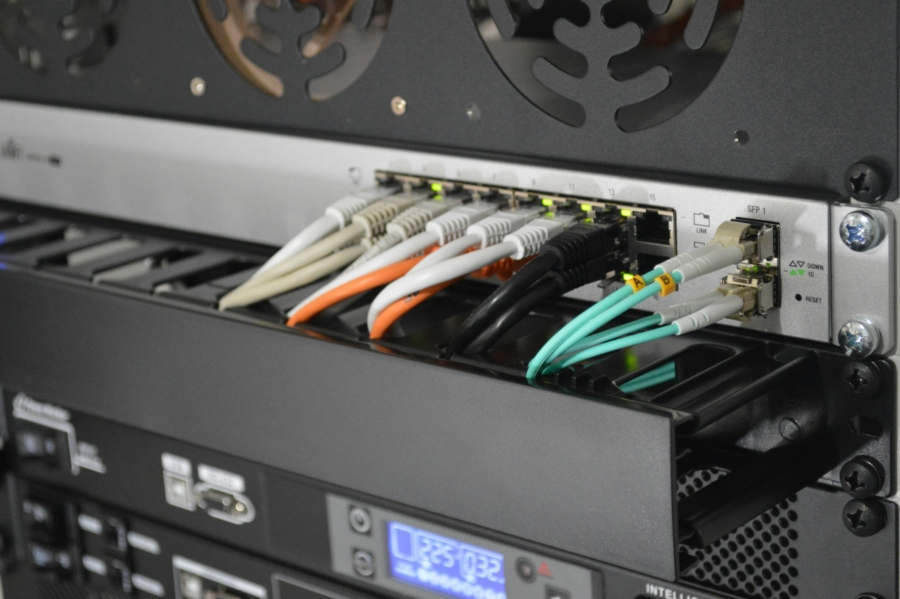Ethernet, the Physical Champion of Nonphysical Mediums
More than a decade ago, I ran the ethernet ‘backbones’ for my home network: ones to connect the nodes, ones to connect workstations, and ones to connect media streaming devices. If I recall correctly, the fastest WiFi standard available at the time to be used to connect nodes-to-nodes, were either slightly slower or faster than the 1Gbps Cat 5E, which was already wired-in. I benignly thought cables would last long enough with little latencies; how incredibly wrong I was.
It wasn’t the pest, or fire, or water, or even lightning damage that started killing off these cables. It was the ports and jacks that are made out of cheap plastics. For cables running behind the wall, there was enough merit to put myself in the utility closet and fix the RJ45 jacks to keep the cables snuggly plugged in. But as for the cables, it made me question my sanity; what am I exactly gaining out of wired connections?
My current mesh router supports up to 2.4Gbps, roughly twice of what my gigabit wired backhaul can handle. As usual, there is a catch to this claim. Not all devices support WiFi 6E, —which isn’t even the latest WiFi standard available— and the specs listed on the product page is an ideal maximum throughput the mesh system can provide. But my 2019 Mac Pro already has WiFi 5 (802.11ac), and that’s comparable enough to 1Gbps ethernet bandwidth. From my experiments, the added latency from the workstation connected to the NAS was negligible, possibly 2ms at worst.
There are use cases for wired connections even in the home environment. As of right now, I have two IoT hubs, Philips and Ikea, ones must be connected via Ethernet. All the hubs are positioned closely next to a node so it takes no additional effort. The other examples would be some of my Raspberry Pi DIY projects; they are also sitting closely next to a node, as other devices on the network may need to access it. I could add gaming consoles and streaming boxes to the list, but seeing as the added latency from WiFi can be reduced, I’m curious if there is a benefit to speak of, especially when handheld gaming PCs and mobile consoles, two form factors to often utilize WiFi, are seeing a rise again.
All of the network failures I’ve experienced in recent months weren’t exactly clean cut-off or system alerts either. It resulted in: unstable connection, limited bandwidth, awkwardly long latency, and so on. For my use case, the lack of affordable fault detection scheme is at the core of the issue. As far as I know, without link aggregation or likely-designed methods, there isn’t an affordable way to achieve fault tolerance either; whereas, with WiFi, it appears even the consumer-grade equipments are expected to have some level of tolerances.
Whatever the case, consumer-grade electronics don’t last forever. Thinking back, I’ve already written on the subject of routers reaching EOL with life expectancy of 6 years. Coupled with the fact that consumer devices (e.g. smartphones) are also upgraded within 4 years or so on average, WiFi is more likely to be better maintained and upgraded than Ethernet cables. I suppose it’s the irony of consumerism.
